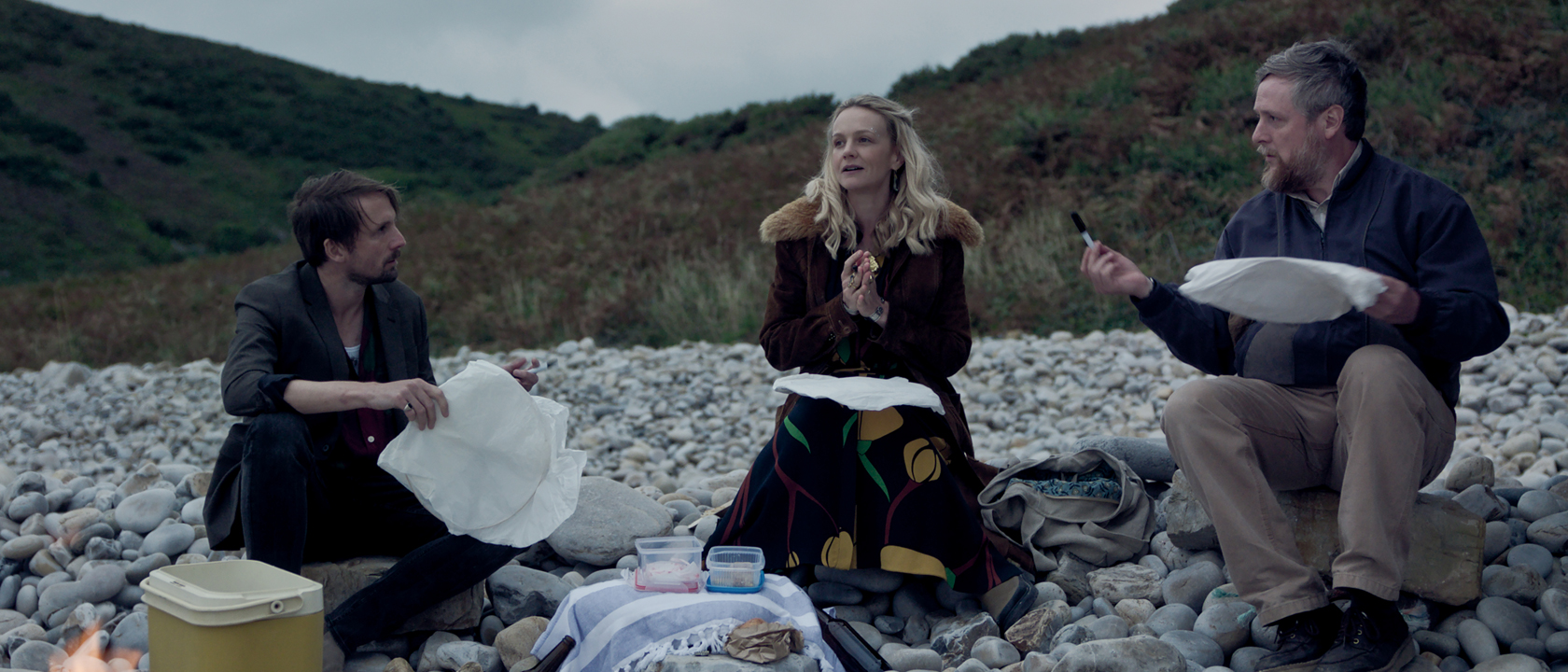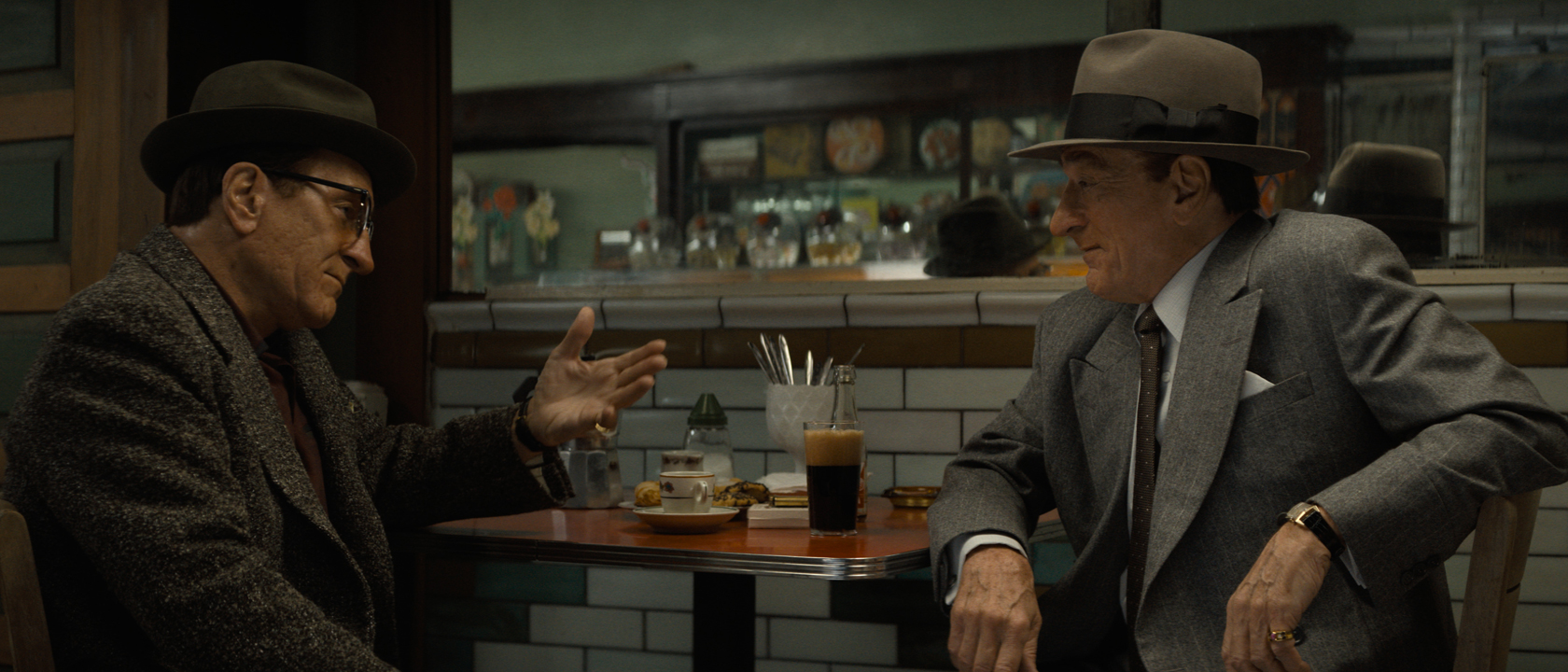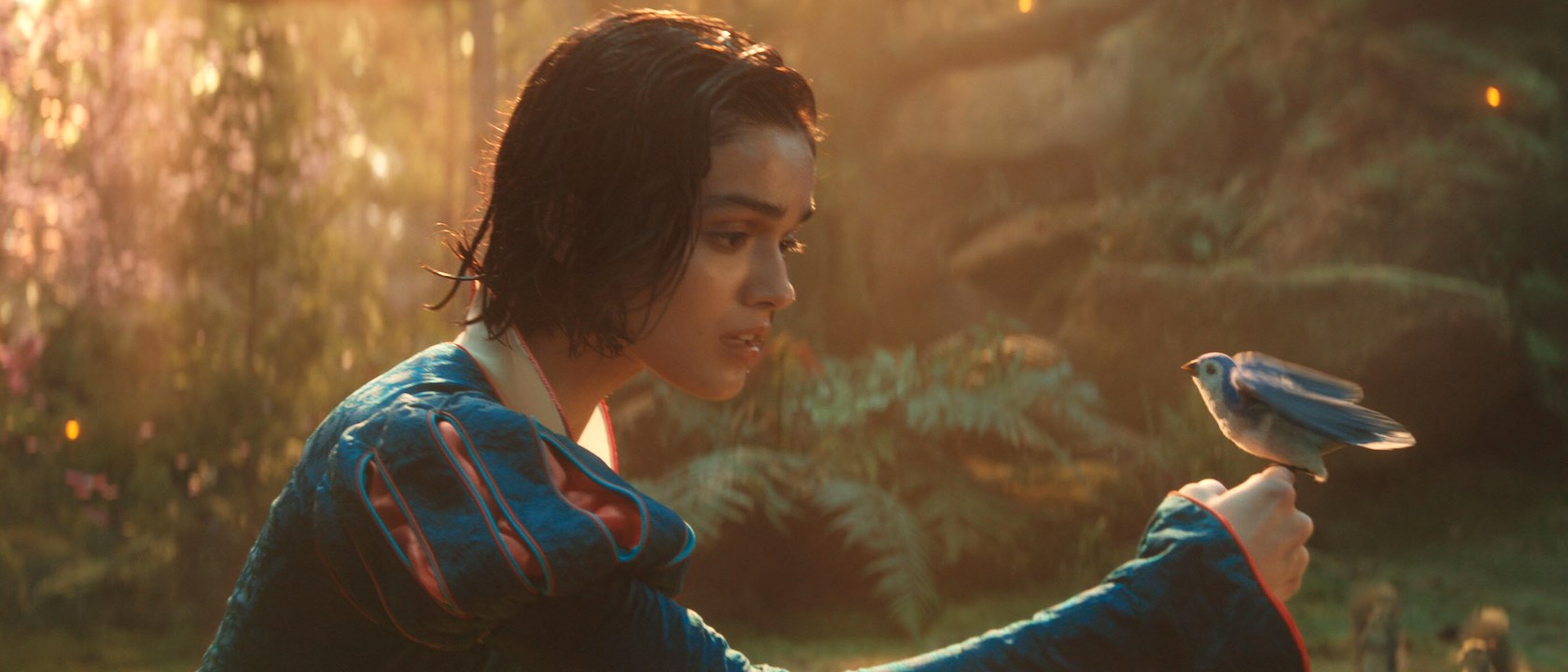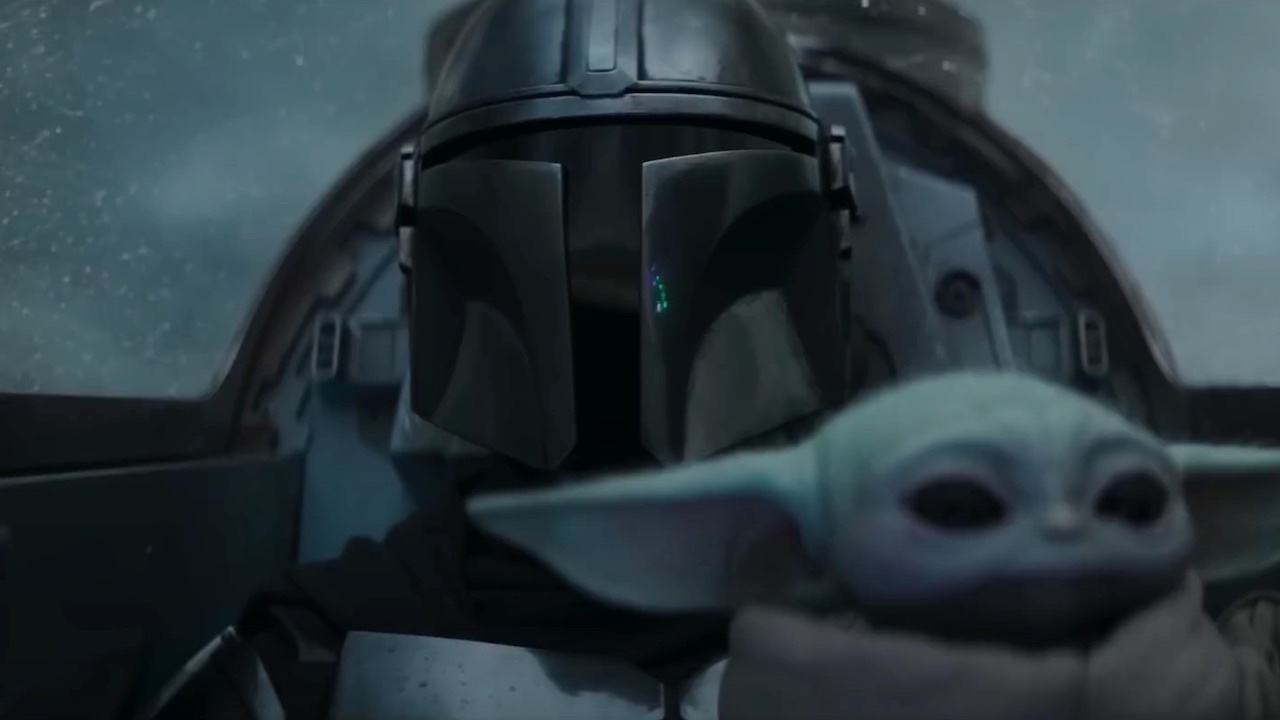Fringe season two starts off with a car crash, which is kind of fitting. The show itself is something that’s often horrific, bloody, and leaves you wondering “how did that happen?” Of course, once you slow down to stare at it for a while, you find that you can’t look away. Fringe had a rough start in its first season before coming into its own and ending on one of the greatest “wow” cliffhangers in television history: FBI agent Olivia Dunham (Anna Torv) traveled to the alternate universe that had been causing so much trouble for her and her Fringe team. Season two begins shortly after that moment, with Peter Bishop (Joshua Jackson) and his mad scientist father Walter (John Noble) investigating Olivia's empty, crashed car -- a crash we saw Olivia narrowly avoid last season -- just before she comes smashing back through the windshield. Alas, her trip to “over there” may have been a waste. After a massive head trauma, she can’t remember who she was talking to...only that she thinks she was given some kind of warning.
All of this spills into the major arc of this season. While there are some great episodes about subterranean scorpion boys, giant tentacled parasites that grow in your stomach, and even ageless Nazi scientists, the big story this season is the alternate universe. Shape-shifting foot soldiers are coming through from the other side with a series of unusual objectives. One is supposed to kill Olivia. Some are stealing cryogenically frozen heads. And all of it keeps bringing us back around to something Walter did back in 1985 that involves Peter’s childhood illness.
“There really isn’t a point where things just can’t get weirder, is there?” says Olivia at the end of the first episode. You couldn’t ask for a better summary of this show, and I do mean that in the best possible way. Every time you start to think Fringe is slipping into a familiar rut or treading ground we’ve seen before, the creative team pulls out a new twist or character angle that makes it all fresh again. “White Tulip,” where guest star Peter Weller (the coolest history professor in the world) tries to change a key event in his past, may be one of the most amazing and touching time travel stories ever done on television. “Brown Betty” is a musical noir detective story Walter tells Olivia’s niece while he’s under the influence. Heck, we’re talking about a show that changes its opening credits sequence to reflect what year (or what universe) a given episode’s taking place in.
Naturally, one of the best parts of this show is its ongoing mythology, which feels far better-planned than the ones many other sci-fi/mystery-themed shows try to pull off -- including some of its predecessors (FBI agents investigating the strange and mysterious? That’ll never work as a series...). This solid writing allows the show to answer most of its questions rather than stringing the audience along with non-stop puzzles. The episodes are strong enough on their own that they don’t need an ongoing mystery to support them. We finally find out what happened to Olivia in the other world in “Momentum Deferred,” which guest stars Leonard Nimoy as Walter’s old partner, William Bell, now a resident of the other universe. In “Grey Matters” agents from the other side are randomly removing pieces of brain from different mental patients, curing them in the process. “Peter” is where we get to see just what Walter did all those years ago after spying on his other-dimensional counterpart (whom he dubs “Walternate”).
This isn’t to say that there aren’t any ongoing mysteries on the show. Even with the oddly touching “August,” we still don’t know who the Observers are or what they’re working toward, but we do know they’re in every single episode (try to spot them). Olivia has superpowers that seem to come and go, courtesy of the Cortexaphan treatments she was getting from Walter as a child. And there’s this very interesting typewriter that’s not supposed to exist. Yeah, these people even made a typewriter fascinating.
Of course, the downside to such a tight show is that it’s hard to sum it up in a few paragraphs -- or to get someone new hooked on it. Fringe does a pretty good job of recapping what’s come before, but some of the mythology episodes can be a bit dense if you’re not already familiar with the show, and we haven’t even touched on some of the great character stuff. That’s the curse of solid storytelling, though. You can write it for the random masses who wander in, or you can write it for the folks following the story. Fortunately, that strong writing means Fringe is still at the point where you can get caught up pretty quickly.
Speaking of characters, it’s impossible to discuss this show and not talk about Walter Bishop. Equal parts crazy uncle and mad scientist, actor John Noble switches between loveable and creepy without any effort as he portrays the mentally fragile doctor trying to make amends for some of the horrors he’s committed in the name of science. If there’s any more proof needed that Noble has been cheated out of an Emmy two years in a row now, watch how easy he makes it to distinguish between Walter and Walternate. He can debate custard vs. flan while he’s elbow-deep in an autopsy or cheerfully talk about the fact that the first five subjects in one of his early experiments all settled out of court with Harvard and never had to work again. In a way, Walter embodies so many of the ideas behind Fringe, that even the most awful things can evoke a sense of childish awe and wonder on some level. After all, isn’t that why shows like this pull so many of us in? Yes, we’re unnerved by the thought of things like mind control, contagious diseases, and brain surgery, but we’re fascinated, too. Walter expresses our excitement at this eerie stuff, and then goes the extra step to remind us how much of it he’s responsible for himself. No surprise, this set is loaded with extras. Some of the best are the half dozen or so “Analyzing the Scene” featurettes which show the ways the crew achieves some of the amazing effects on this show. You can learn how Olivia came flying through the windshield of an empty car and how William Bell blew up a SUV with his über-handgun -- no CGI necessary. There are also some "Dissected Files" (deleted scenes) and “Unusual Side Effects” (a weak gag reel).
There are four commentary tracks, too, but they’re not the greatest. There’s a moderator for Blair Brown and John Noble’s commentary on “Peter,” which sounds like a great idea at first until you realize he’s not moderating as much as gushing nonsense (Noble actually hushes him at one dramatic moment in the episode). The producers talking about the season finale, “Over There, Part 2,” do a fine job, though, and it’s great to hear the Walter-William Bell relationship defined as “John Lennon and Paul McCartney -- the ugly years.”
This box set also contains the troublesome episode “Unearthed.” Originally filmed for the first season, it didn’t get aired until this January, halfway through season two. To get around the pile of continuity problems this caused -- like Charlie Francis (Kirk Acevedo) returning from the dead -- it was aired on a Monday and referred to as a Fringe episode from another universe. Of course, on this show that created continuity problems of its own. Hey, what do you expect from the network that messed up Firefly? Still, it’s a fun little story, wherever it fits in, just to watch Walter argue with a priest about the afterlife.
If you’re already a fan of Fringe, this box set is pretty much a must-have, because you'll catch so much more from each episode the second time around. If you’ve been a little curious, it’s not a bad starting point to dive into the series. Even if you’re only mildly interested, check out the first disc through Netflix. You may be surprised.
Ryan Coogler Opens Up About How Difficult It Was Working On Black Panther: Wakanda Forever Without Chadwick Boseman: ‘Complicated Grief’
The Mandalorian & Grogu Panel At Star Wars Celebration Japan 2025 - Live Blog
After Watching The New Fantastic Four Trailer, I’m Pretty Sure I Know How First Steps Will Tie Into The Wider Multiverse Saga











